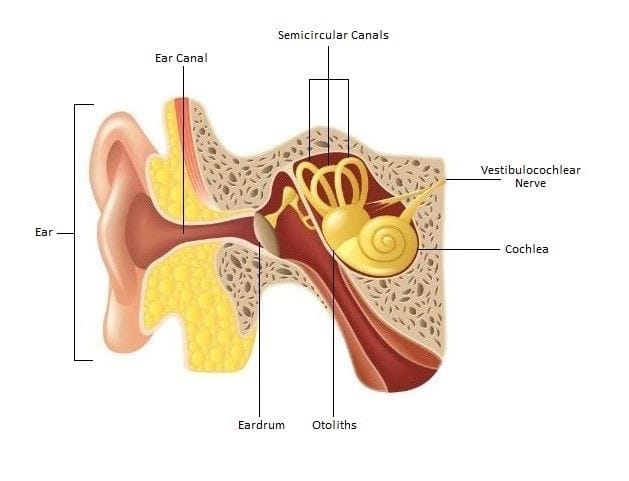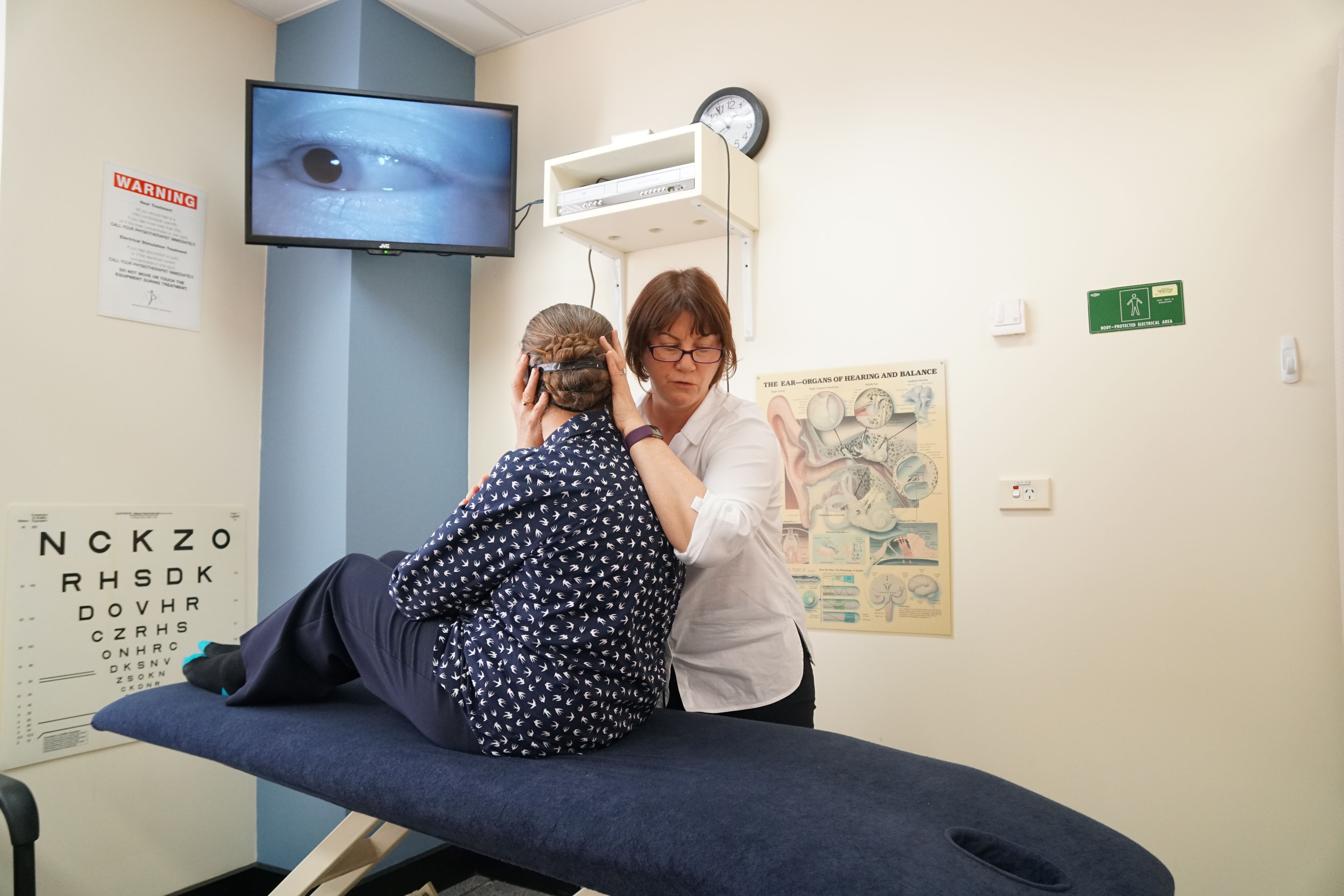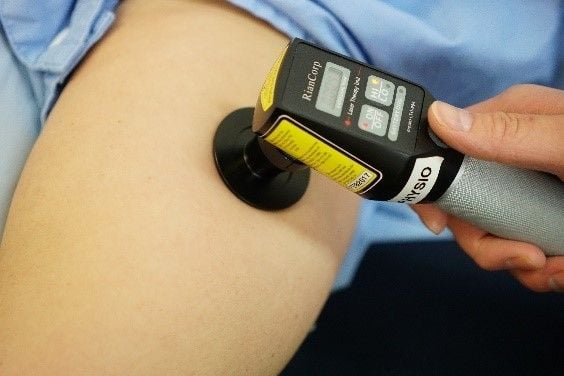The vestibular system
The vestibular system is a part of the inner ear. It sends signals via the vestibulocochlear nerve to the areas of the brain which are involved in co-ordinating movements of your eyes and your head (so that you can see clearly even when moving) and in maintaining balance. It has five sensory organs that detect the acceleration and the velocity of head movement. There are three semicircular canals and two otoliths, the utricle and the saccule. The semicircular canals sense angular acceleration or rotatory movement of the head, for example when you nod or shake your head. The otolith organs tell your brain the position of your head with respect to gravity, as well as when your head is moving in a straight line. The utricle detects linear movement in a horizontal plane, for example when your car stops suddenly; and the saccule detects vertical movement of the head, for example when you go up and down in an elevator.
Vestibular or inner ear conditions can cause a variety of symptoms including dizziness, vertigo, unsteadiness or imbalance, nausea, vomiting, rocking or spinning sensations, blurred vision and fatigue. Anxiety and depression may also feature or be a natural result of living with vestibular symptoms.

)
)
)
)
)
)
)
)
)
)
)
)


)
)
)